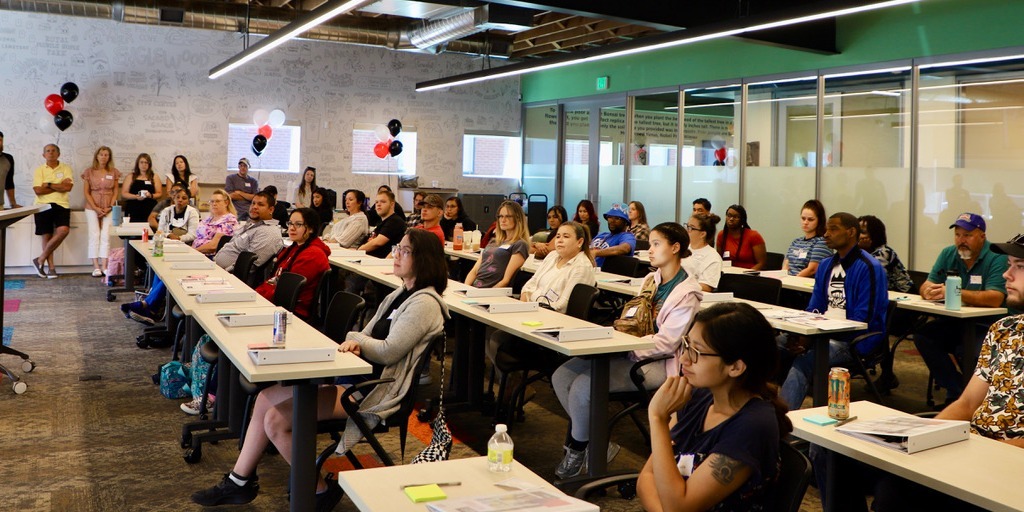It’s not an exaggeration to say that every product organization that offers aftermarket services is evaluating ways to grow that part of their business.
It’s a driving force for organizations in verticals as diverse as appliance and electronics, industrial machinery, automobile, and IT technologies like servers, networking equipment, data storage, cellular phone towers, and more.
And all of these companies are looking for ways to drive services growth by conducting break-fix repairs, installing hardware and (increasingly) software upgrades, reconditioning equipment, carrying out inspections and day-to-day maintenance (proactive and reactive), and providing technical support, consulting and training.
It makes sense: For many companies, services offer the best opportunity for mid- and long-term growth for both new and existing clients. And there are several options, including introducing new service-focused business models, tiered service offerings with tiered pricing structures, subscription-based services and even pay-per-outcome models.
The challenge facing these organizations is that the success of these re-imagined services depends heavily on having a deep understanding of customers wants and needs, effectively utilizing real-time data and insights derived from IoT-engineered products or new connected ones, the development of advanced service tools, and perhaps modification of the current operating model.
In this fast-paced digital-first environment people don’t just buy the product or service, they also buy the experience you deliver.
Most organizations are good at providing data to their customers. This data is marginally converted to insights and produced in the form of reports or necessary data access APIs. And even those insights are general and absolute: They do not take into account a particular customer’s situation, nor do they learn about customer-specific events.
It is up to the customer to take this data and turn it into insights. And it is not surprising then to see the churn in service contracts and difficulty for sales teams to up-sell or cross-sell to existing clients. That is because the customers have yet to receive the perceived value from their investment in the organizations’ services.
The way to deliver the value is through investing in what I call “Smart Service Experiences.” These smart services continually stay connected, understand the actions customers should perform and drive higher experience value by suggesting next best actions. The higher the degree of impact of these actions, the greater the ability to charge more for these re-imagined services.
To successfully launch smart service experiences, the entire organization must come together. It starts with a board-level, top-down commitment to changes that may affect business and operating models. And it continues throughout the organization.
Key Departments to Be Impacted
- Customer-facing teams need to understand customer needs – and translate them into opportunities.
- Strategy and Product Management needs to continuously listen to the voice of the customer — and convert that insight into service offerings, product impact and pricing strategies
- Product Engineering teams need to re-engineer existing products with new sensors, new processors, security, connectivity, certification and design for rapid manufacturing/assembly.
- IT needs to work closely with product engineering to enable connected products to talk to the cloud, as well as develop knowledge of all systems and processes affected.
- Field Services needs to re-imagine service delivery, invest in newer service tools, and change the way services are delivered for various tiered service offerings – all while driving down cost of service delivery.
- Customer On-boarding needs to ensure installation and configurations will support the service.
- Customer Service needs to be prepared to deeply understand customer issues and respond with real-time clarity on issues, along with potential mitigation.
- Accounting and Finance need to support new pricing strategies with potential impact to the bottom line.
- Sales and Marketing need to be able to evolve customer relationships by cross-selling and up-selling to newer service models
The risk of launching new smart service experiences is that there are many moving parts. The roles of connected and embedded technologies and the cloud have to be decided, along with how to utilize analytics and which insights to deliver to customers. A monetization strategy must be determined. And an honest assessment must be made of the organization’s ability to manage the significant internal changes required to deliver a successful transformation.
A solution is a methodical approach to organizational transformation driven by customer experience opportunities, one that is understood and grounded through research and voice of the customer. Investing in creating a Customer Experience (CX) Center of Excellence benefits the organization by continually providing the right focus for investments.
Another area of investment is in conducting a Service Design that maps the to-be customer journey to the operating model. A Service Design blueprint provides knowledge of gaps that exist and investments that will be needed in the operating model to deliver on the customer experience.
Aside from immediately gravitating towards creating prototypes that confirm the inner workings of the technology, the focus first should be on translating customer feedback into sustainable service offerings that have already been vetted by friendly customers. Making the case then to invest in a prototype and move to a production schedule gets much more comfortable and is grounded in facts.
The technology consideration exercise has to take place. Even though technology is making implementing smart solutions easier, the speed of change in this technology itself makes it difficult to pick.
One way to reducing risk is to reduce the number of potential partners that must be managed.
Key Partner Considerations
- Business Strategy Experts – to help define and validate potential business models.
- Product Designers – to envision new products that are the basis for delivering smart service experiences.
- Hardware Engineers – to work with engineering on mechanical and electrical design for retrofitting existing products or creating new products.
- Component Suppliers – to supply IoT-optimized multi-controllers (MCUs) or single-board computers (SBCs), gateway devices, specialized sensors and more.
- UX Consultants – to conduct customer and industry research, map the as-is and to-be customer journey, as well as map the as-is and to-be operating model.
- Cloud Experts – to provide a deep understanding of IoT platforms.
- Data Scientists – to turn data into valuable insights to be monetized through service offerings.
- Technology Vendors – to provide SaaS and PaaS software for IoT platforms, field service applications, service tools and customer service.
- Manufacturing and Assembly Experts – to plan for and enable ability to scale.
The best way to reduce the number of partners is to find partners that can deliver multiple pieces of the project puzzle. Or, even better, find a partner to manage the entire project and a team of specialized resources.
The Productive Edge consulting approach operates like a general contractor on a construction site. Not only do we take on the project management role, we provide specialized services for some of the requirements discussed above, and bring in specialist “subcontractors” as necessary. This drives down risk significantly, frees the client to focus on managing internal change, and substantially accelerates processes, helping the client go from concept to prototype to production faster.
Productive Edge Specializations
- Digital Strategy and Customer Experience (CX) – We help clients with experience, strategy, product, and service design, as well as experience measurement and optimization. In addition, we conduct industry and customer research to understand new and optimized ways of customer engagement and desired customer experience opportunities.
- Technology – We have created a Smart Services Reference Architecture that brings together device, security, IoT platform, data science and application development, and is designed to leverage the best of the cloud technologies available.
- Industry Expertise – We have extensive partnerships with specialists, including, physical product design companies, mechanical and electrical design specialists, MCU and SBC manufacturers, connectivity providers, security services, manufacturing and assembly partners, and software companies.
At this point in time, when there is an imperative to bring connected smart service experiences to market, Productive Edge understands the complexities and risk of the endeavor, and works tirelessly to remove risk barriers and ensure your success. Get in touch and let our experts help you create a connected enterprise.
Adapted from “Using IoT & Connected Products to Accelerate, Manage and Scale Aftermarket Services Growth,” by Raheel Retiwalla. To read the complete article on LinkedIn, go here.


.png)
.png)
